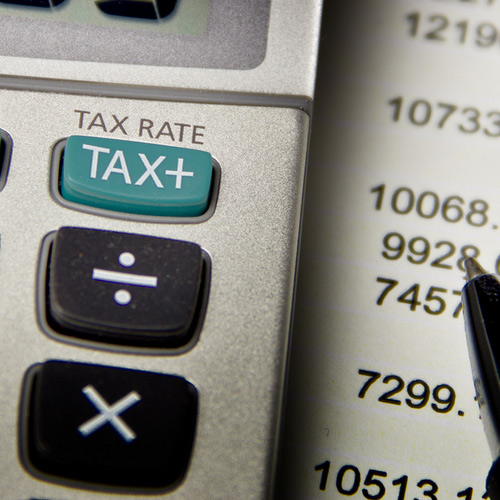The UK tax system is progressive, which means more tax is charged as gross income increases, but how does this relate to everyday purchases people make - or one-off purchases? This new Pre-tax Cost Calculator aims to show you how hard you are working for what you spend!
A person earning below the tax-free personal allowance point as well as the primary threshold for national insurance knows that for every £1 they earn gross from work, that same £1 is provided as net income. If that person earns £8 per hour, then something costing £8 would have required them to work one hour.
Things get more complicated as the deductions from gross income come rolling in, such as tax, national insurance, pensions, student loan repayments etc. At each stage of the gross income, a different amount of gross income is directly attributable to the net income that is spent.
Let's take, for example, someone earning £25,000 per year. This person takes home £20,380 per year - or around £13 gross per hour (full-time). If they priortise their rent payment as the most important expenditure they are working for, then that £9,000 would have required them to earn £9,079. So for every £1.01 of gross income they got £1 for that expenditure. This works out to around 8 days per month of work to pay for rent.
If the same person next priortises their bills and spends £2,400 per year on bills, they would require an additional gross income of £2,727 to receive the £2,400. This is around £1.14 of gross income for every £1 spent. This means that to pay their bills they are working around 2 days per month.
It is an interesting comparison and showcases the difference between time worked directly compared to expenditure and sheds a new light on weighing up whether any particular expenditure is 'worth it'.
You can enter expenditure that actually exceeds your net income and the calculator will tell you how much 'more' you would need to work to make the purchase.
Click here to use the calculator yourself. It will work whether you are employed or self-employed and can take other adjustments like pensions and tax codes into consideration when coming up with your figures.



